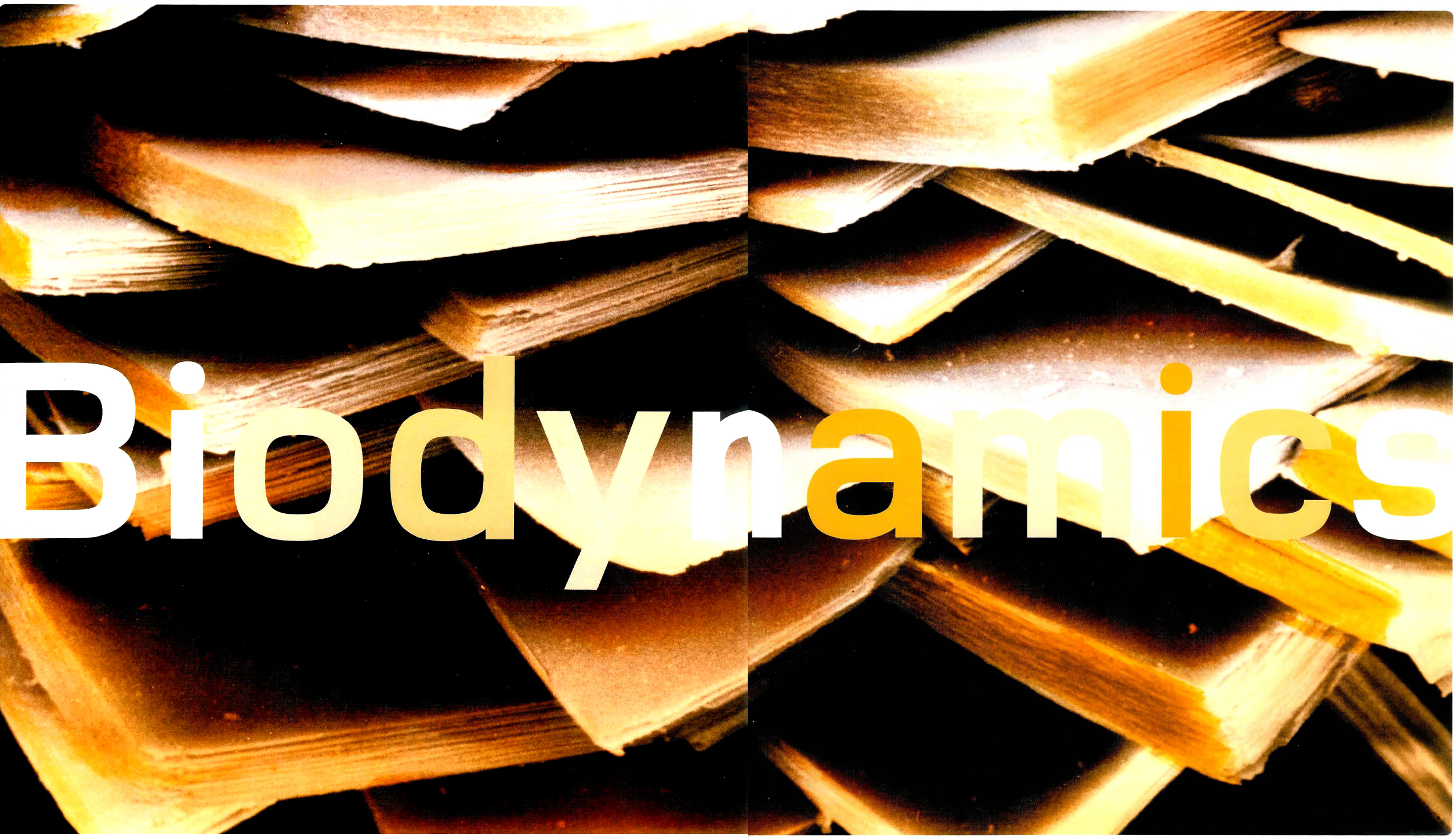
The bony lamellae of the femur, made of compacted collagen fibres and minerals. During self-formation a matrix is laid down in lamellar, sheet-like form which is mineralised by calcium phosphate crystals.
The developments in smart materials and responsive buildings are at the forefront of scientific and technical advances in engineering and have stimulated a renewed interest in biology and biomimetics.1 Whilst there have been a number of interesting architectural applications of advanced materials in architecture, we cannot say that intelligent buildings exist. Environmentally responsive systems for buildings have certainly made rapid advances in the last decade, but they function as a collection of devices such as louvres and shades, controlled by a central computer that receives data from remote sensors and sends back instructions for activation ...
Get Emergence: Morphogenetic Design Strategies now with the O’Reilly learning platform.
O’Reilly members experience books, live events, courses curated by job role, and more from O’Reilly and nearly 200 top publishers.

